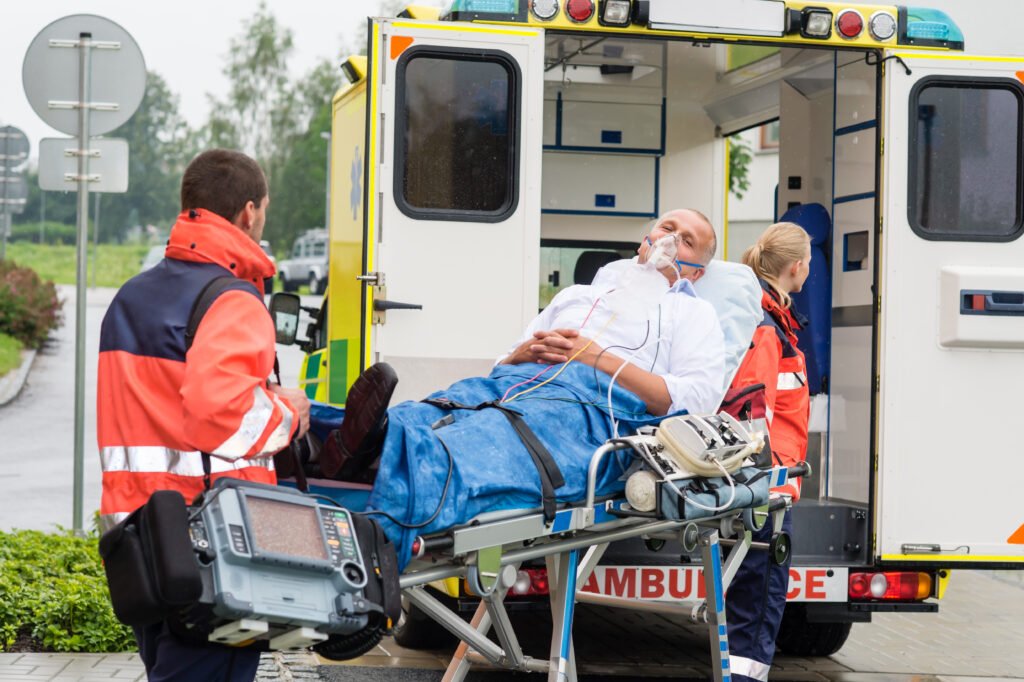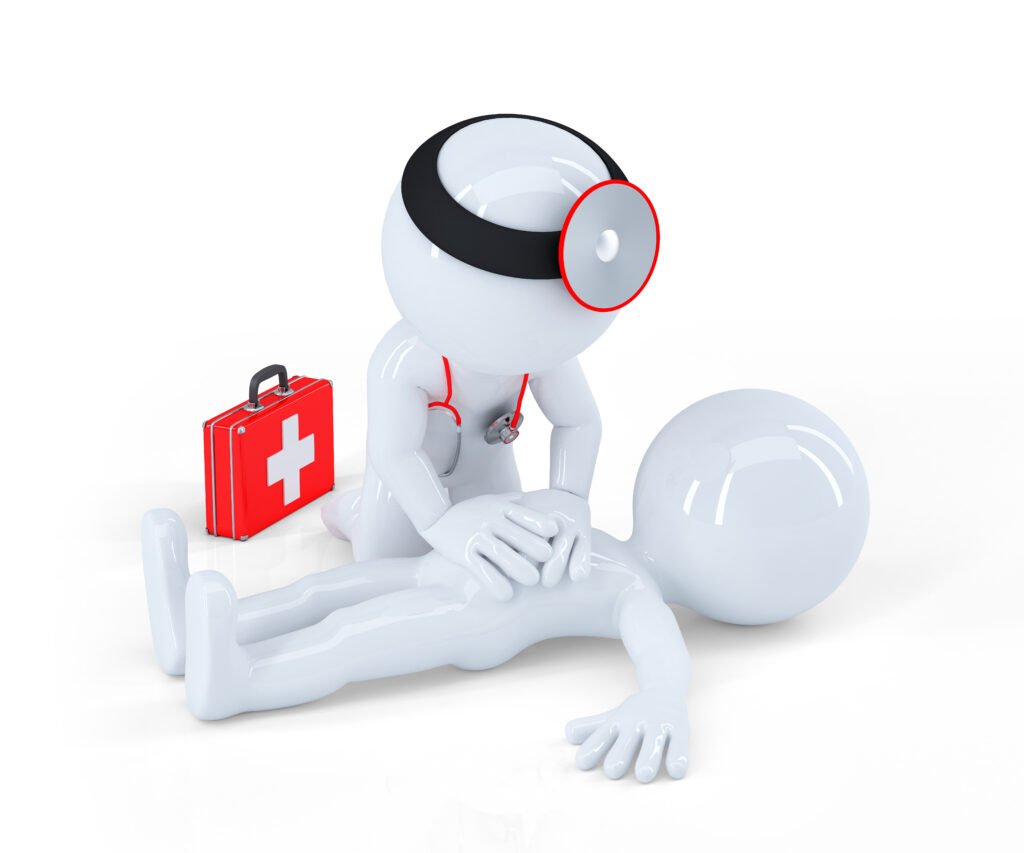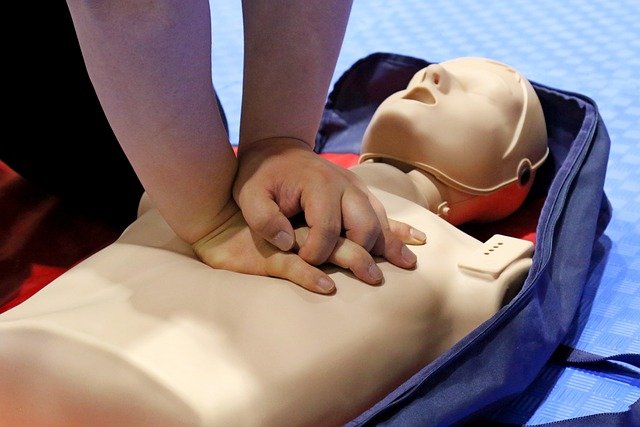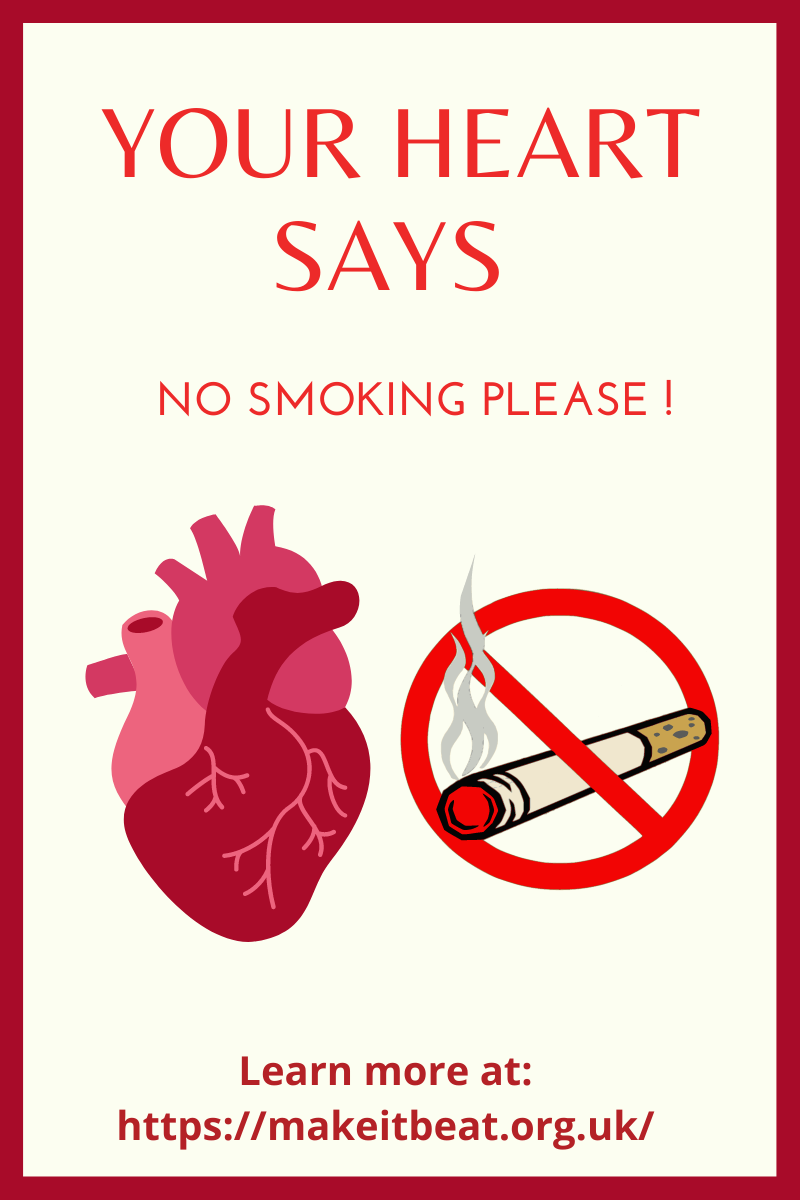
The first 10 minutes are crucial in saving a life. When there is a death due to cardiac arrest, the heart is generally to blame. But even more to blame is the fact that we don’t have enough experts to handle emergencies with CPR, or cardiopulmonary resuscitation, which can possibly save a life in such circumstances.
In the case of Shane Warne, had CPR been performed in the first five to ten minutes, chances of him surviving would have increased. Here are key symptoms to recognise, immediate actions to take, and CPR explained in simple steps.
Approximately more than 160,000 deaths each year – an average of 460 deaths each day or one every three minutes in the UK from heart and circulatory diseases. But veritably many people are apprehensive that the first 10 minutes are pivotal and can make all the difference in saving a case during a cardiac arrest. Dr Ramakanta Panda, a leading cardiovascular surgeon and Author of Asian Heart Institute, tells us crucial way each of us should know in order to help save someone’s life.
But first, what’s a cardiac arrest?

Recognizing the symptoms
Recognizing that someone has suffered a cardiac arrest is the first crucial step towards speedy treatment. Someone who’s having a cardiac arrest will suddenly lose knowledge and will stop breathing or stop breathing typically.
Taking immediate action
In the UK utmost people don’t know how to respond when someone collapses suddenly. The chances for survival drop by 7-10 per cent with each passing nanosecond after collapse. Indeed, if you’re untrained, your conduct can help.
- A deliverer who finds someone unresponsive should first determine if the person is conscious by loudly asking, ‘Are you OK?’
- Still, the deliverer should turn the person’s body face up and also use the’ look, hear, If there’s no response.
- The deliverer should look to see whether the casket is rising and falling, hear for breath sounds, and feel for air movement over the person’s mouth.
Calling exigency medical services

Before starting Cardiopulmonary Resuscitation (CPR) still, one person can call the closest medical emergency number while the other person can begin the CPR, If the person is unresponsive and two people are available. In case you’re alone when such an incident occurs, incontinently call the original medical emergency service before beginning the CPR, a life- saving technique useful in numerous medical emergencies. According to a study published in the New England Journal of Medicine, a person in cardiac arrest who receives CPR from a observer before emergency medical services (EMS) arrive is doubly as likely to be alive a month latterly as someone who didn’t get observer CPR.
If you are not trained in CPR:
Compression-only CPR which involves chest compressions only without artificial respiration is recommended.

- Start chest compressions by putting the heel of one hand in the centre of the person’s chest and covering the first hand with the other hand.
- Keeping your elbows straight, use your upper body weight to push down hard and fast on the person’s chest at a rate of about 100 compressions a minute.
- For a child, you may need to use only one hand. Do this, until an automated external defibrillator (AED) becomes available or emergency personnel arrive.
If you are trained in CPR:

- If you have been trained in CPR, after every 30 compressions, gently tilt the head back and lift the chin up to open the airway.
- Quickly check for normal breathing, taking no more than 10 seconds.
- If the person is not breathing, give two rescue breaths, making sure the chest rises after a breath.
- Pinch the nostrils shut and give the first rescue breath (lasting one second) and watch to see if the chest rises. If it does rise, give the second breath. If the chest does not rise, repeat the head-tilt, chin-lift maneuver and then give the second breath.
Remember Early CPR can save life.





